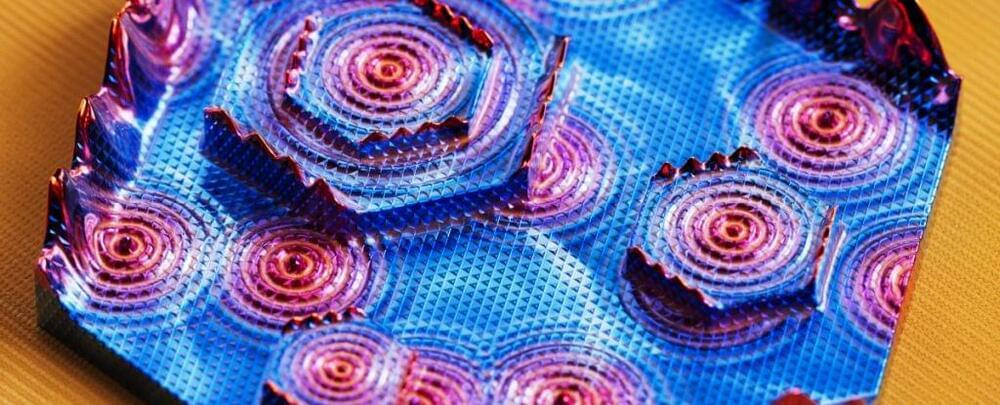Reductionism offers a narrow view of the Universe that fails to explain reality.
Get the latest international news and world events from around the world.

Never-Before-Seen Quantum Hybrid State Discovered on Arsenic Surface
Physicists have just found something no one expected, lurking on the surface of an arsenic crystal.
While undertaking a study of quantum topology – the wave-like behavior of particles combined with the mathematics of geometry – a team found a strange hybrid of two quantum states, each describing a different means of current.
“This finding was completely unexpected,” says physicist M. Zahid Hasan of Princeton University. “Nobody predicted it in theory before its observation.”

Why Elon Musk’s Neuralink brain implant reframes our ideas of self-identity
The extended mind — For decades, philosophers have debated the borders of personhood: where does our mind end, and the external world begin? On a simple level, you might assume that our minds rest within our brains and bodies. However, some philosophers have proposed that it’s more complicated than that.
When we merge mind and machine, the traditional borders of the self dissipate, says philosopher Dvija Mehta.
The AI Dilemma: Tesla’s FSD and the Loss of Human Creativity
Dr. Know-it-all Knows it all.
Boston Dynamics Unveils New Electric Humanoid Robot in Partnership with Hyundai
Brighter with Herbert.

This hellish exoplanet’s skies rain iron and create a rainbow-like effect
If the effect is confirmed to be happening over WASP-76b, it could reveal a great deal about this strange and extreme exoplanet — a world unlike anything seen in our stellar domain.
Related: Ultra-hot exoplanet has an atmosphere of vaporized rock
“There’s a reason no glory has been seen before outside our Solar System – it requires very peculiar conditions,” Olivier Demangeon, team leader and an astronomer at the Institute of Astrophysics and Space Sciences in Portugal, said in a statement. “First, you need atmospheric particles that are close-to-perfectly spherical, completely uniform and stable enough to be observed over a long time. The planet’s nearby star needs to shine directly at it, with the observer — here CHEOPS — at just the right orientation.”

Brain Cells That Enhance Memory Focus and Storage Identified
Summary: Researchers uncovered how certain brain cells enhance our ability to maintain and focus on short-term memories. Their study highlights a new type of neuron, dubbed PAC neurons, which coordinate the activity of memory-specific neurons without storing any information themselves.
These findings were derived from the brain activity recordings of epilepsy patients during memory tasks, providing novel insights into how working memory functions. Understanding these mechanisms may lead to improved treatments for disorders like Alzheimer’s and ADHD, where such cognitive functions are impaired.


Ancient humans lived inside a lava tube in the Arabian desert
Underground tunnels created by lava flows provided humans with shelter for thousands of years beneath the hot desert landscape of Saudi Arabia.

Consequences of aging, why we die explained by Nobel biologist
Nobel Prize-winning molecular biologist Venki Ramakrishnan sat down with ABC News Live to discuss the science and ethics of extending the human lifespan.
In his new book, “Why We Die: The New Science of Aging and the Quest for Immortality,” Ramakrishnan explains why we may not want to lengthen our lives much longer.
Ramakrishnan’s thought-provoking argument is that a society where people lived for hundreds of years could potentially become stagnant, as it would consist of the same group of people living longer, raising important questions about societal dynamics and progress.